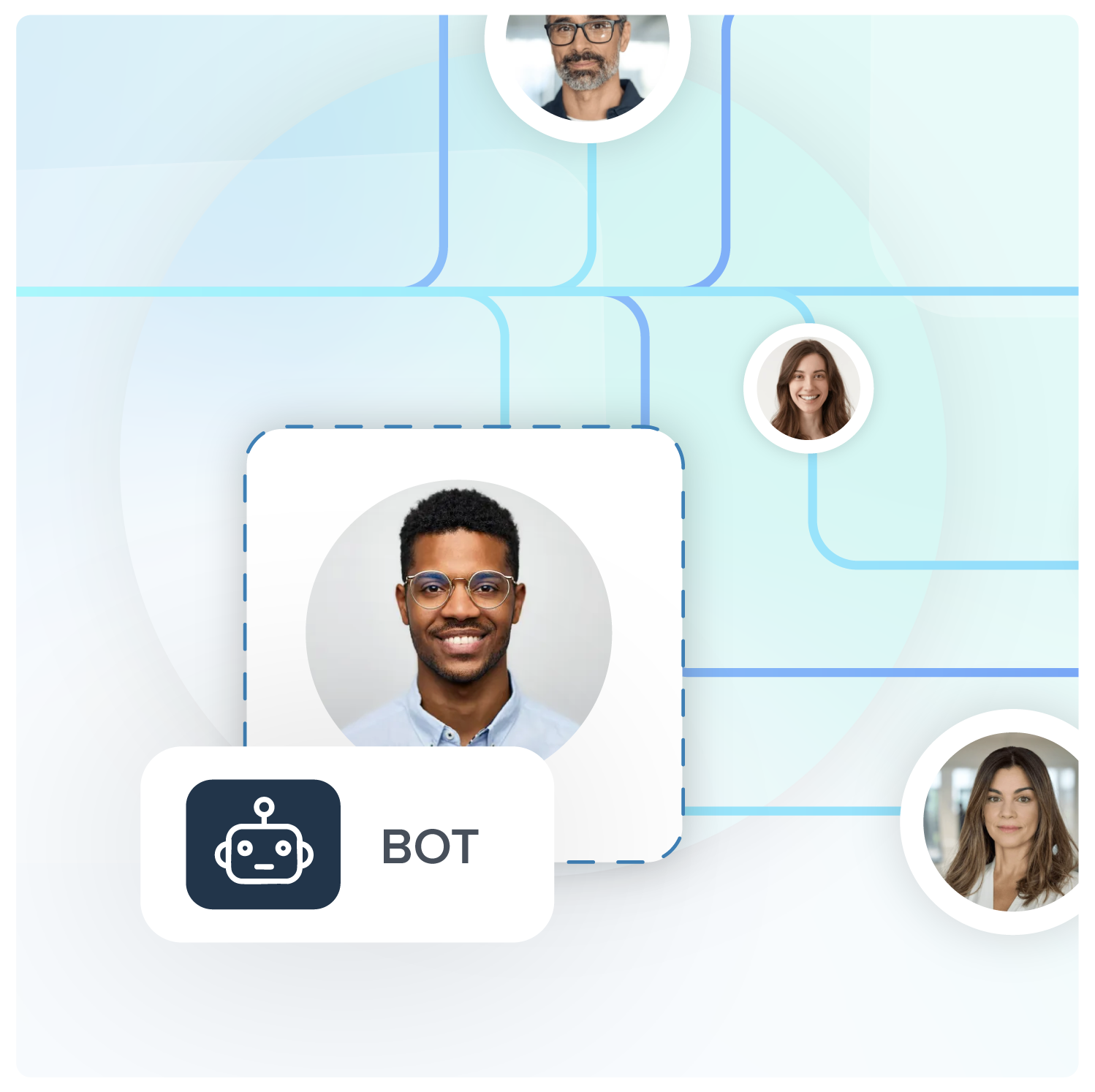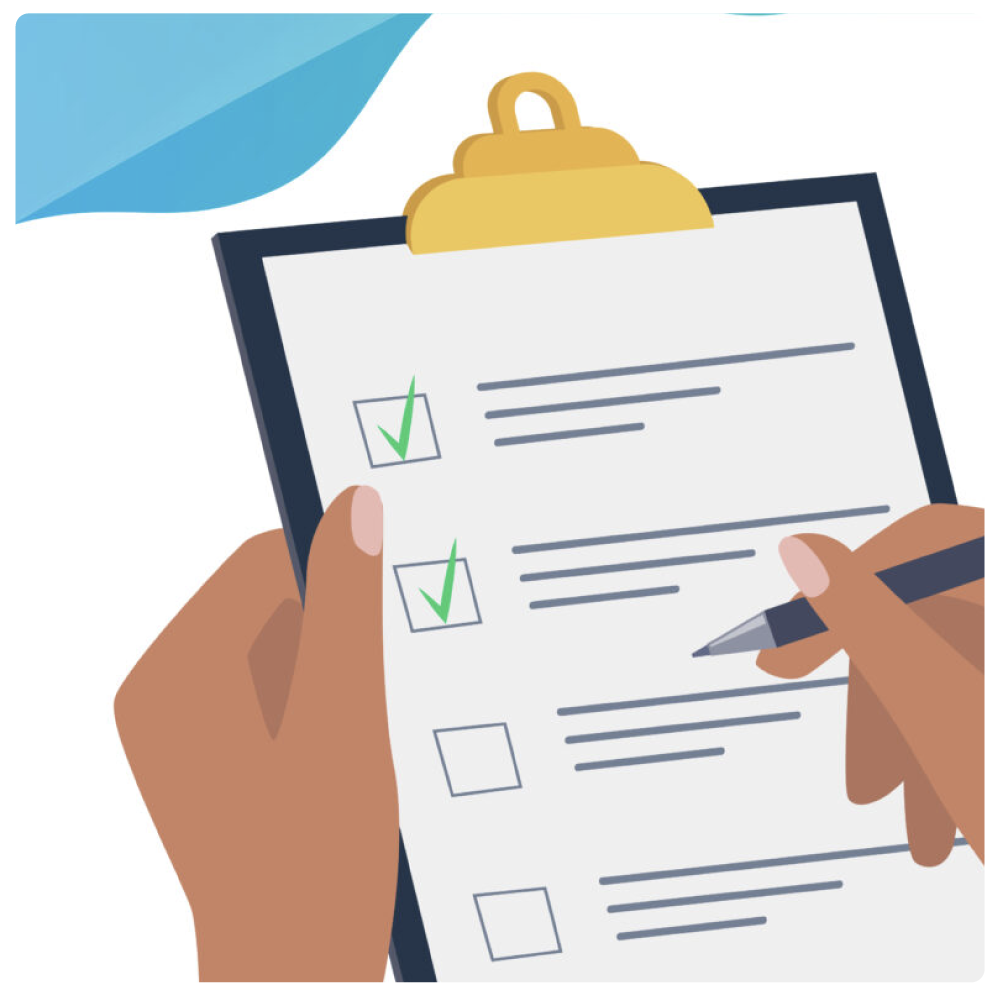Leads 101: The Lead Buyer’s Guide to Lead Acquisition

Welcome back to our Lead Generation 101 series!
In the last installment, we talked about how the lead acquisition process usually involves three separate parties: the consumer (otherwise known as the lead itself), the lead buyer, and the lead seller.
Each party has different goals they’re trying to achieve and different processes they have to perform to achieve those goals. In this article, we are going to look at the lead acquisition process from the perspective of the Lead Buyer.
For the sake of this example scenario, the Lead Buyer works in financial services. Let’s call her Tracey.
Tracey’s goal is to get more customers for her company, Big Bank. Getting people to sign up for auto loans is a great way to build her customer base. Auto loans are often a gateway for consumers to the bank’s other offerings because people are more likely to get additional lines of credit, checking accounts, saving accounts, etc., with an institution that they already use.
Big Bank collects some of their own leads through their online banking site with existing customers and through their website via referrals and search traffic. These are called “owned and operated” leads (O&O), because they are generated by the business itself and not bought from a third party.
As is the case for most businesses, O&O leads alone aren’t enough to meet Big Bank’s new customer goals.
Fortunately, Tracey has another lead source — a lead seller she’s worked with before named Marco. She can buy more leads from him to help reach quota.
Tracey already has an Insertion Order (IO) on file with Marco’s company detailing what Big Bank will buy from them. The IO includes things like the geography of a lead, product details and requirements, and consumer contact information. All she has to do now is ask Marco for more leads that meet those criteria, specifically ones interested in auto loans.
Marco is then able to move campaigns around to get the best leads for this request. A campaign could cover multiple sites and sources but is specific to a request, like consumers who may want auto loans. These changes incur additional expenses, which Tracey approves so Marco can get started.
Industry-specific lead volume and the need for leads can change depending on the time of the year. For instance, car sales go up towards the end of the year, meaning lead buyers want more leads to meet the demand of more consumers looking to buy. That makes for a pretty competitive market.
Like other lead buyers, Big Bank is very concerned with “speed-to-lead,” which is the ability to contact a consumer as quickly as possible after they have submitted a contact request. Speed-to-lead relies on processes put in place for both the publisher/lead seller and the lead buyer. ON his end, Marco quickly gathers multiple leads and submits them in real time to Tracey via Big Bank’s online system using an identifying access key that differentiates him from other lead sellers.
Tracey then buys the leads that are the best fit for her needs. She is particularly looking for leads that are exclusive (only sold to one buyer) or are generated by a “long form” which provides full details about a specific product inquiry vs. a “short form” with a simple expression of interest and limited details. That’s a lot of data to process and clean, which is why Tracey uses an automated lead management system to help her out.
Once the leads are in a usable format, Tracey sends them on to her Sales department for calling. Soon they have new auto loan customers who will hopefully become regular customers that also open checking accounts, savings accounts, mortgages, etc.
That means that Big Bank is meeting their goal of increasing their customer base, while Tracey is hitting her individual quotas and making it look easy in the process.
Curious about the other perspectives in this process? Read the next post in our Leads 101 series.





